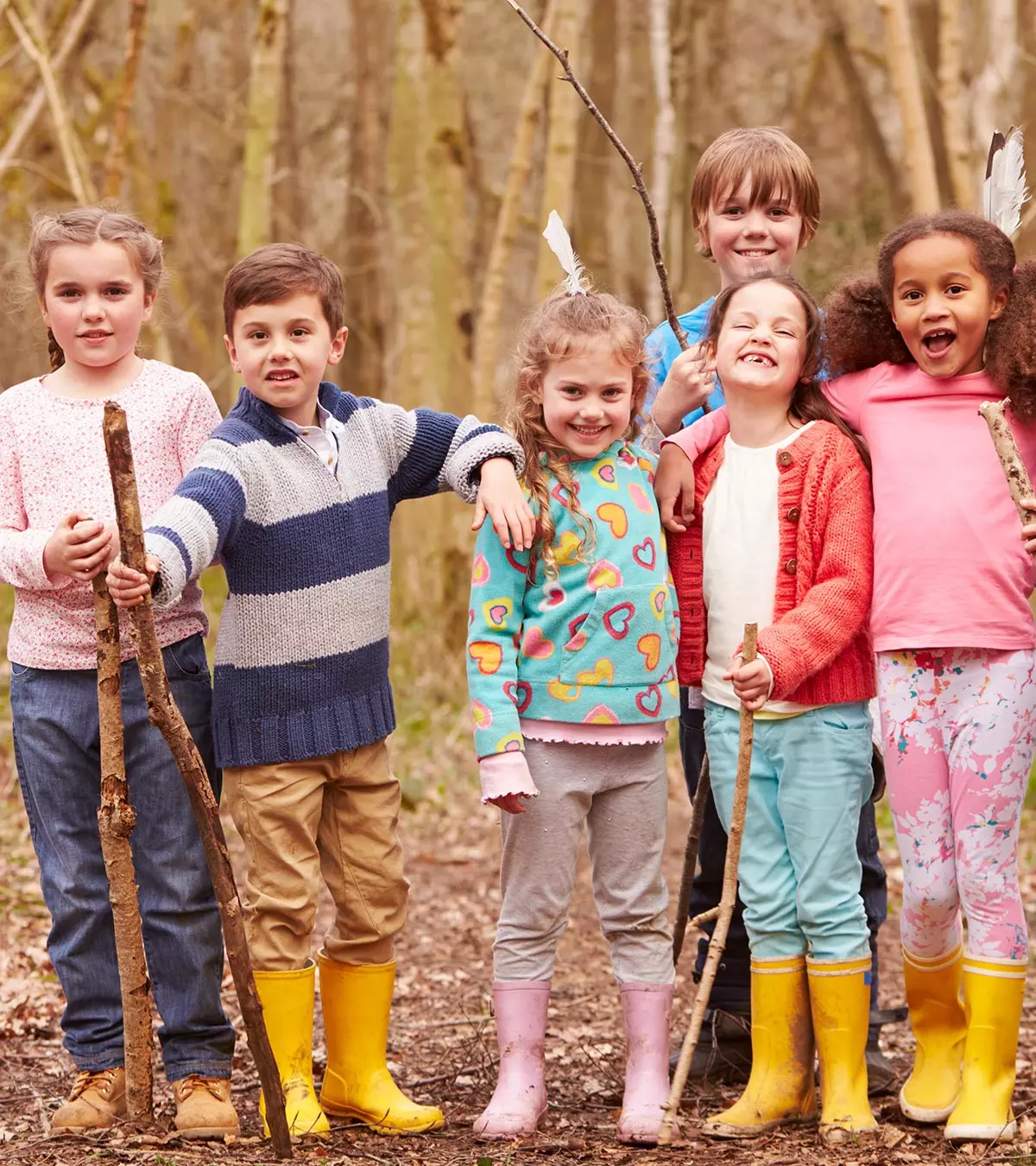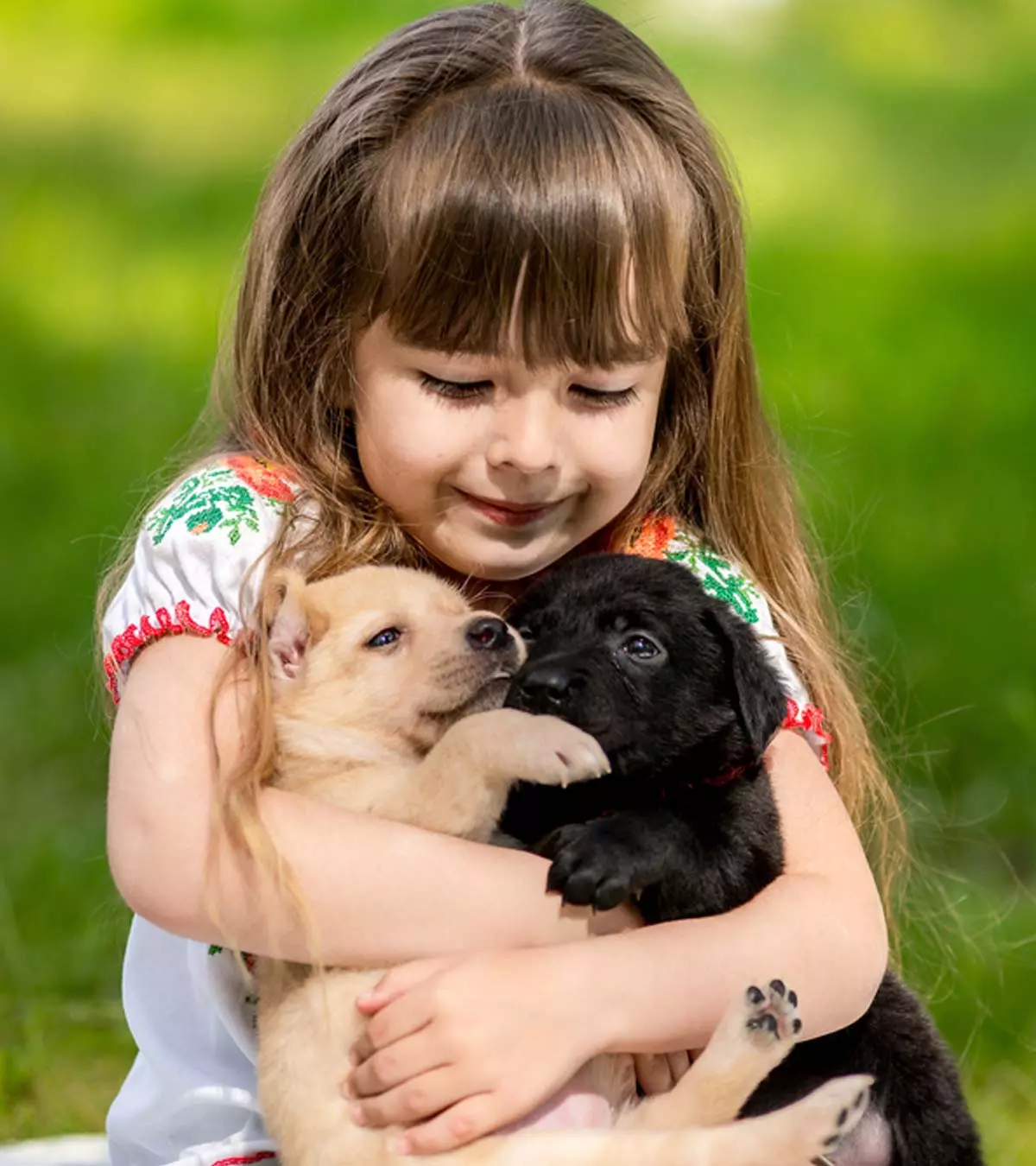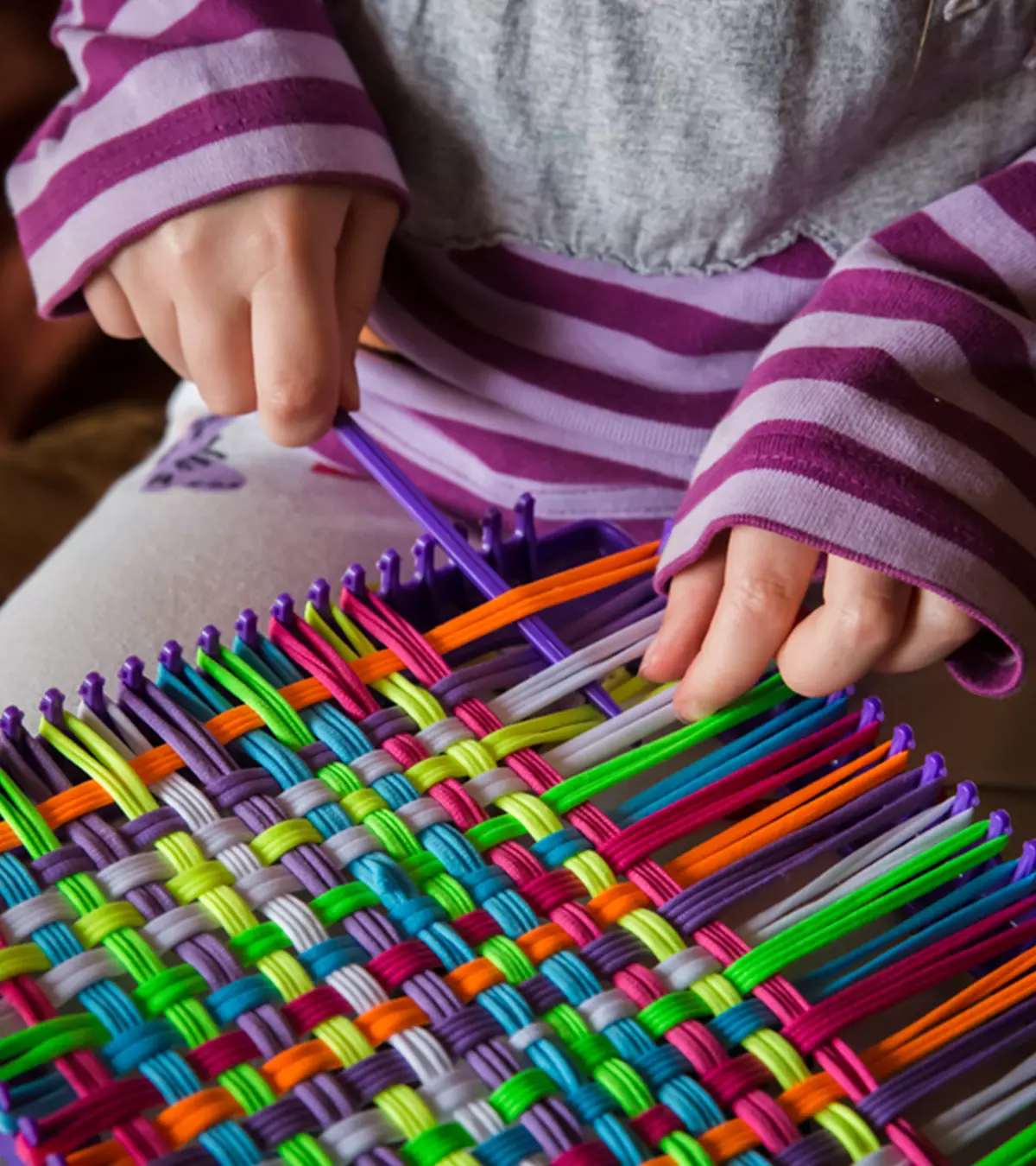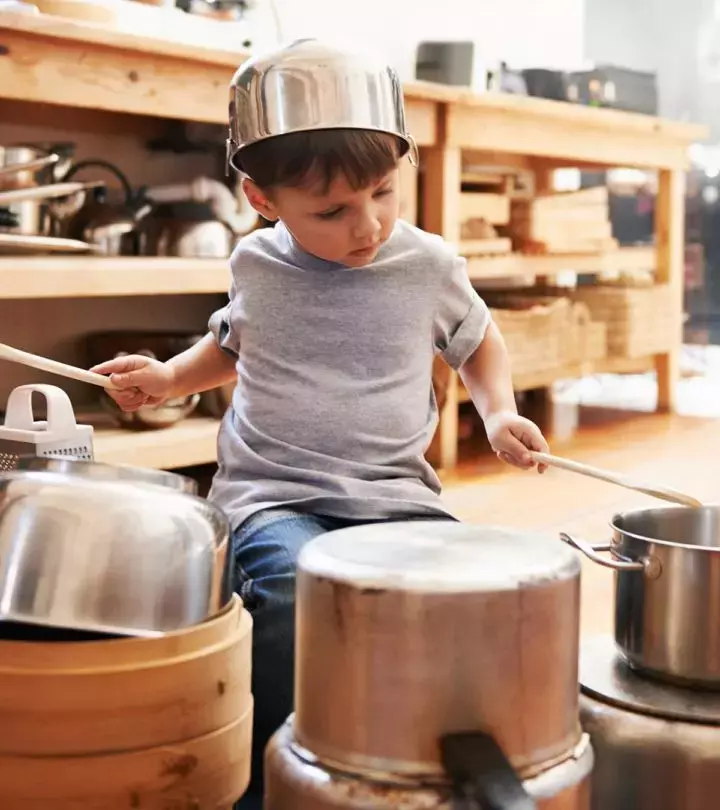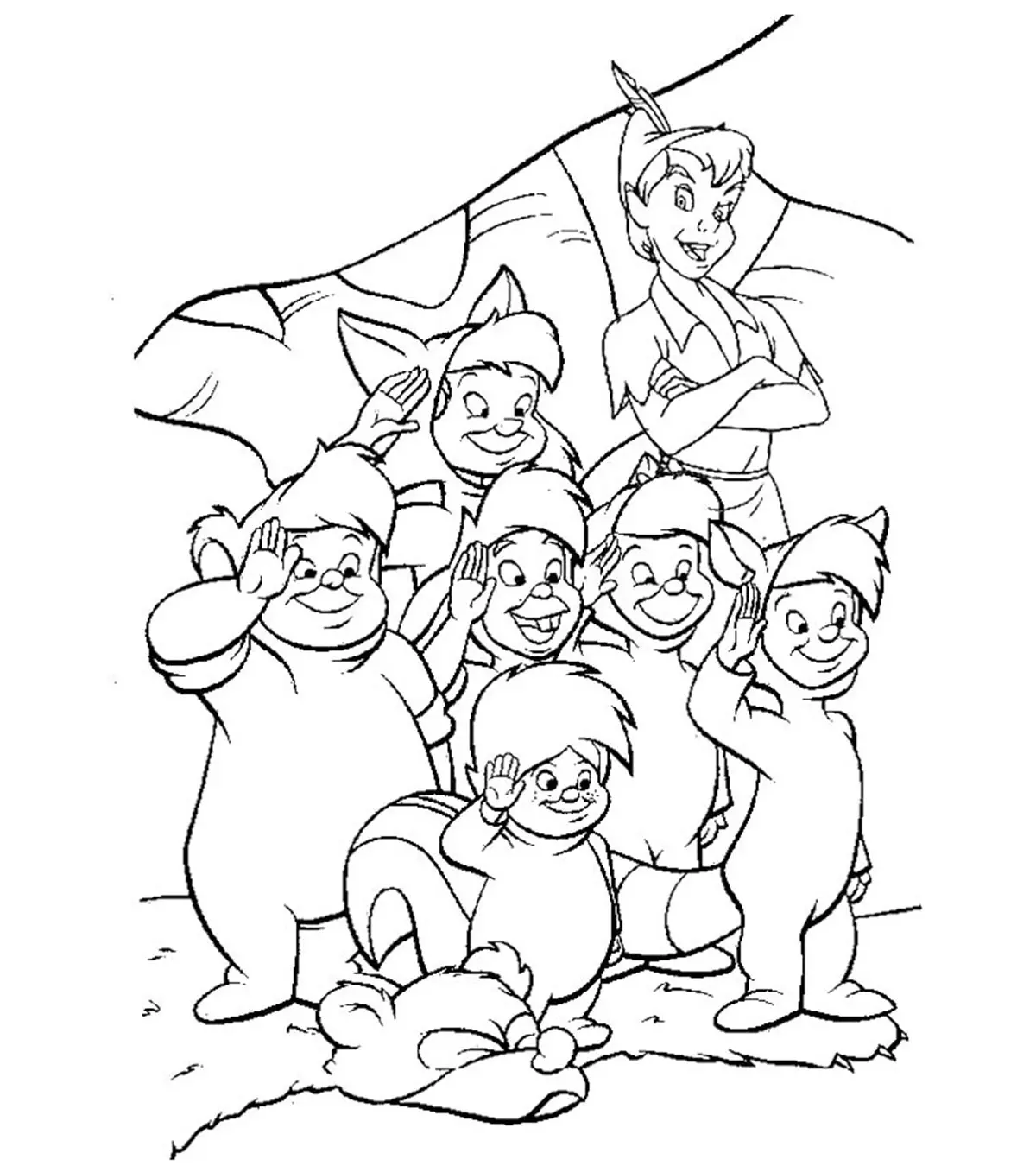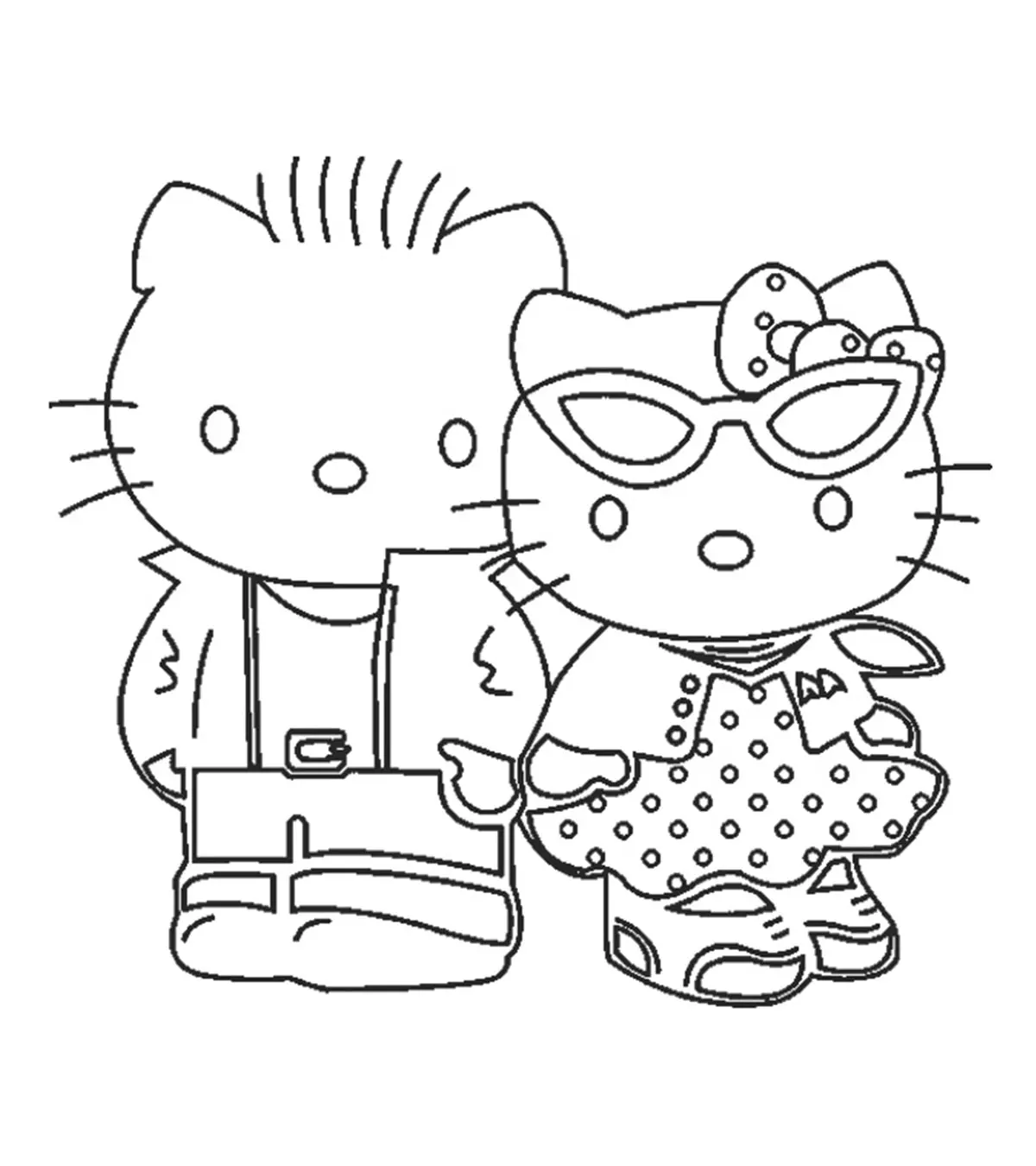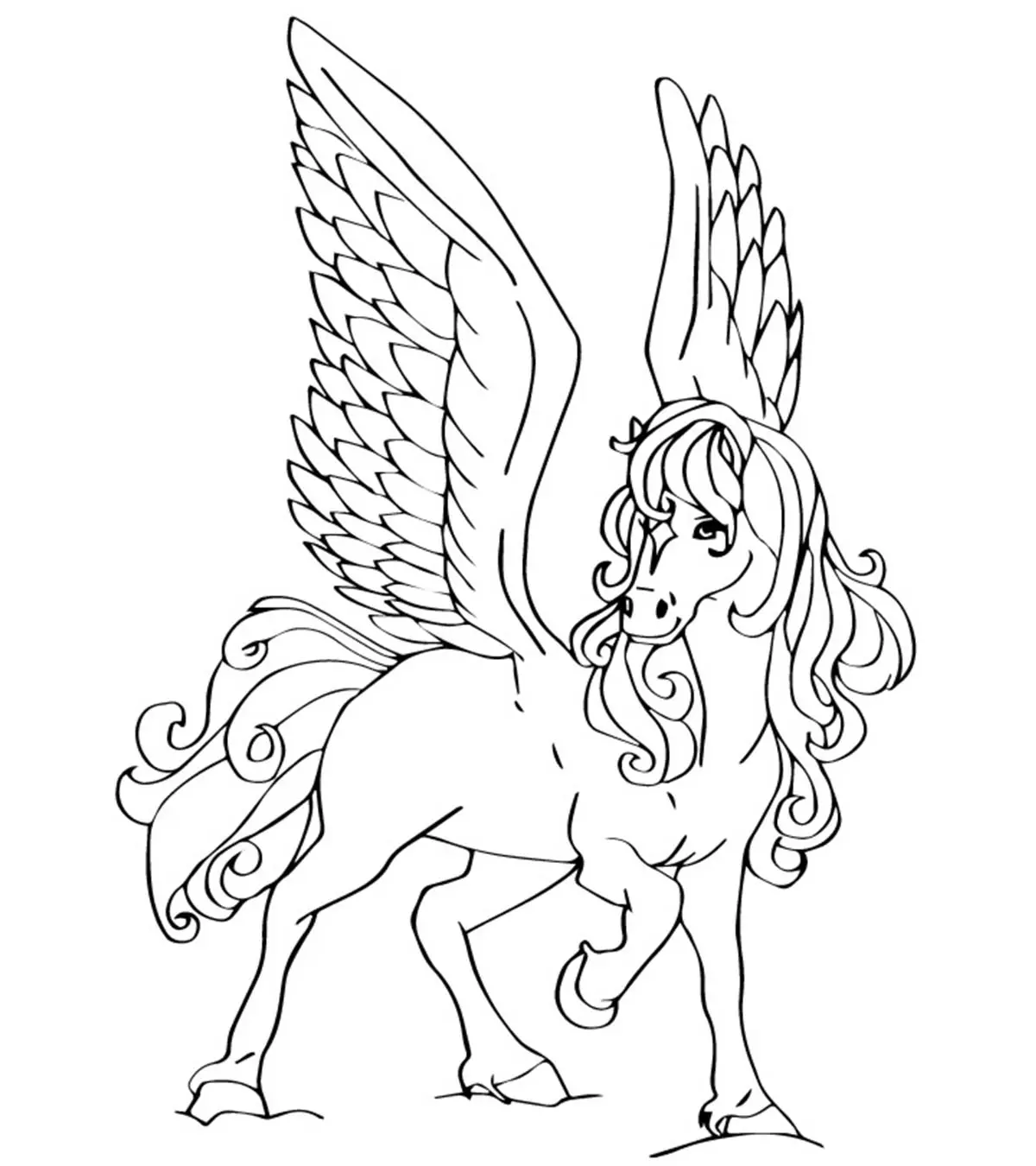
image: Shutterstock
No parent likes it when they see their kids playing in the mud. But the reality is that most children love playing with dirt, mud, and sand. They love mess and don’t know (or care about) how many germs and bacteria are present in them. Before you start feeling the jitters, let us tell you that romping in the mud can actually benefit your children! We are not kidding! Continue reading to know why your kids playing in the mud does more good than harm.
Key Pointers
- Children who grow up playing in the mud, develop a better resistance and immunity to common diseases than those who don’t.
- Playing in the mud can induce a feel-good factor and enhance the senses.
- But, ensure to take necessary precautions to prevent them from getting hurt or sick.
What Is Mud Play?
Mud play refers to any form of outdoor play that involves mud, such as building sandcastles on the beach or playing in a sandbox. Mud play is all about getting creative and having fun with mud, typically wet mud, which kids can squash, mold, and even try splashing.
It is an activity that doesn’t require you to spend a dime as Mother Nature offers it to your children in abundance. Blogger and mother Brandy Nicole says that her three girls enjoy mud play. Nicole enjoyed playing in mud as a kid and encourages her daughters to do so. She says, “My kids love playing in the mud, and while it can be messy, I try to let them do it often. I remember the joy of making mud pies and sticking my bare toes in squishy puddles as a kid. Mud play is an amazing sensory adventure! And it turns out playing in the mud can be beneficial in many ways, especially for young children (i).”
Is It Safe For Children To Play In Mud?
Mud play is generally safe and healthy for children if you keep a few necessary precautions in mind
. Studies suggest that children who grow up in farms, villages, etc., are less prone to developing asthmaiA chronic condition where the small airways shrink and swell, making breathing difficult besides other respiratory problems. and allergies of any kind. When children have early exposure to microorganisms, they may have better immune responses and adapt better (1).
Keep the following points in mind while letting your child engage in mud play.
- Ensure the dirt doesn’t get into their eyes, ears, nose, and mouth.
- Ensure you take your kids to a safe environment, perhaps to a place that isn’t near any chemical or toxic waste dumps.
- Ensure they wash their hands with soap or sanitize their hands after frolicking in the mud.
- Check for any allergies your child might have to plants or insects in the mud play area.
Benefits Of Playing In The Mud For Children
Mud play offers several positive benefits to a growing child
. Here are a few of those benefits (2) (3).
1. Makes children happy
Mud play enables children to go outdoors, engage in exercise, and be one with Mother Nature. Studies indicate that light tends to elevate people’s mood, and physical activity relaxes and cheers people up (4).
Researchers at Bristol University also suggest that M. vaccae, a bacteria found in soil, was shown to activate a group of neurons that produce the brain chemical serotonin, which helps enhance feelings of well-being (5). It also provides sensory stimulationiThe response of one or more of our five senses to stimuli from the environment. .
2. Improves immunity
Skidding in the mud or making mud balls are fun and healthy for children.
When parents are over-sensitive or make their children grow up in very clean environments, they are more prone to allergies and asthma. Experts suggest that early exposure to bacteria and other microbes can help build immunity in children and prevent allergies, asthma, obesity, and other noninfectious conditions (6).
3. Makes your child active
Being outdoors and jumping in the mud automatically makes your child move around and be physically active. Your child will have to use their hands and legs to dig, create, throw, sit, and stand, thus improving their fine and gross motor skillsiThe ability to move and control various body parts, such as hands, legs, and fingers. .
It also gets the children of today away from gadgets and video games and encourages them to be more active.
4. Improves creativity
Mud play encourages open-ended play and creativity as there are no rules or restrictions.
It’s unstructured and gives wings to your child’s imagination. Here, children are free to build or create what they want in whatever way they want. Besides, rolling in mud engages most of their senses — sight, hearing, smell, and touch — and is, therefore, great for multisensory learningiAn educational method that uses all or most of the senses for better learning. .
 Point to consider
Point to consider5. Creates fond childhood memories
Engaging in outdoor games and activities for kids such as squishing wet mud, gardening, digging holes, or making toys out of mud can help them build friendships and relationships that last a lifetime. As adults, when we look back at our childhood days, such activities always bring back fond memories, don’t they?
 Quick tip
Quick tip6. Helps your child get Vitamin D
Playing outdoors amid nature also means children are directly exposed to the sun. One of the prime benefits of outdoor play for kids is that your children get an unlimited amount of the essential vitamin D. Vitamin D is vital for the development of a good immune system and bone health. Also, epidemiological studiesiA population study of the distribution, causes, and events of health-related conditions. suggest that it may help fight certain health issues such as cancer, depression, heart attacks, and stroke (4).
7. Aids sensory development
Playing with sand and mud activates senses like touch, sight, and smell. The diverse textures of these materials enable children to explore and understand the world around them, promoting the development of their sensory abilities (7). Whether feeling the coolness of mud or inhaling its earthy scent, playing with dirt and water enhances the sensory experience.
8. Ensures emotional development
Playing with sand and mud has a calming and therapeutic effect on children. The malleable texture and the freedom to create and explore can alleviate stress and anxiety. Additionally, it serves as a platform for emotional expression, enabling children to process and convey their feelings through play (7).
9. Enhances social skills
Playing in mud encourages group play and aids the development of important social skills like cooperation, communication, and empathy.
Creative Mud Play Ideas For Children
Here are some creative mud play ideas for children so that they derive the maximum benefits.
1. Painting

Image: Image: Shutterstock
Painting with mud can be a fun and creative exercise for young and budding artists. Children can try splattering or smearing different shades and concentrations of mud to paint landscapes, objects, and settings. They can also draw different cartoon characters.
2. Sculpting

Image: Image: Shutterstock
Your child can mold mud to make any object. You can encourage them to use mud to create a kitchen or living room complete with people, tools, furniture, etc. Or they can try forming miniature shapes and structures of their choice.
3. Building
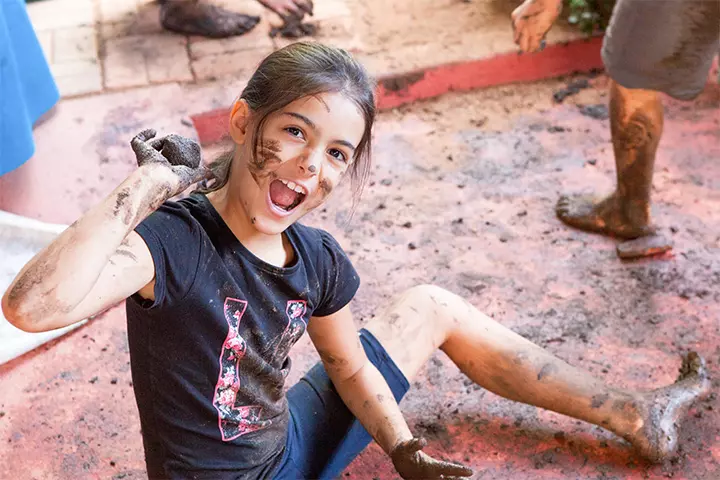
Image: Image: Shutterstock
Children can also use mud to construct buildings and castles. They can make small rooms or caves for their imaginary people or animals to hide inside or tunnels for cars and trucks to pass through.
4. Exploring

Image: Image: Shutterstock
Awaken your child’s curiosity by taking them on a walk in the garden or the park. They can try stomping their bare feet in the damp mud. Talk about the plants and animals you see around. Draw their attention towards tiny organisms in the soil and talk about them too. This activity will help them be more aware of their surroundings and instill a love of nature.
5. Creating
Let your child get their hands messy by playing with mud. If you have old cake tins and molds, ask them to make mud pies in these tins. Send them scouting for twigs, pebbles, leaves, etc., to decorate the mud pie.
Good parenting is not only about pampering your child with unlimited love and care, but also about nurturing them in a way that makes them strong individuals in the future. So, send your children outdoors and encourage them to try racing with their friends on mud or simply engage in mud play more often – the benefits are aplenty. Slipping or tumbling in mud is inevitable but worry not, as it will only help your child grow stronger.
Frequently Asked Questions
1. What are some of the best ways to clean up after a day of muddy play?
After a muddy play, it is essential to remove the excess mud from the body, soak and rinse the clothes properly, clean up the area of muddy play, and let your child take a proper shower to clean up.
2. What kind of clothing is appropriate for children to wear while playing in the mud?
While playing in the mud, it is important that children wear clothes that are comfortable, durable, and easy to clean.
3. What are some alternative ways for children to play with mud if they don’t have access to a mud pit or natural mud source?
If children do not have access to natural mud, some things that they can try as an alternative include modeling clay, using sand, shaving foam, and making mud pies with playdough.
4. What tools and materials can enhance a child’s play experience in the mud?
Common tools such as buckets, shovels, and paint brushes and natural materials such as sticks, leaves, rocks, and water can make mud play fun for children.
5. How can I encourage my child to play in the mud?
To encourage your child to play in the mud, give them tools like buckets and shovels, and set up a special mud play area in the backyard. You can make it more fun by joining in and playing with them.
Seeing your child giggling and laughing after smudging mud on their clothes is worth the trouble. The numerous benefits of sensory play are now known to many parents. Although cleaning up your children and their toys after playing in the mud may be messy, the several benefits of mud play may encourage you to allow them to indulge in such outdoor games for toddlers and kids. Research has proven that kids playing in the mud or with sand in villages showed a reduced risk of developing asthma and other allergies. However, you should educate your children about the risks of putting mud in their eyes, noses, and mouth. Further, for younger kids, do not allow them to play in the mud without adult supervision.
Infographic: How Does Playing In Mud Benefit Children
Playing in the mud is a fun activity with numerous benefits for children’s development and well-being. Our infographic showcases the advantages of mud play for children. So, let your children get dirty and experience the joys of this amazing nature-related activity while reaping its benefits.

Illustration: Momjunction Design Team
Illustration: Reasons Why Playing In Mud Is Beneficial For Kids
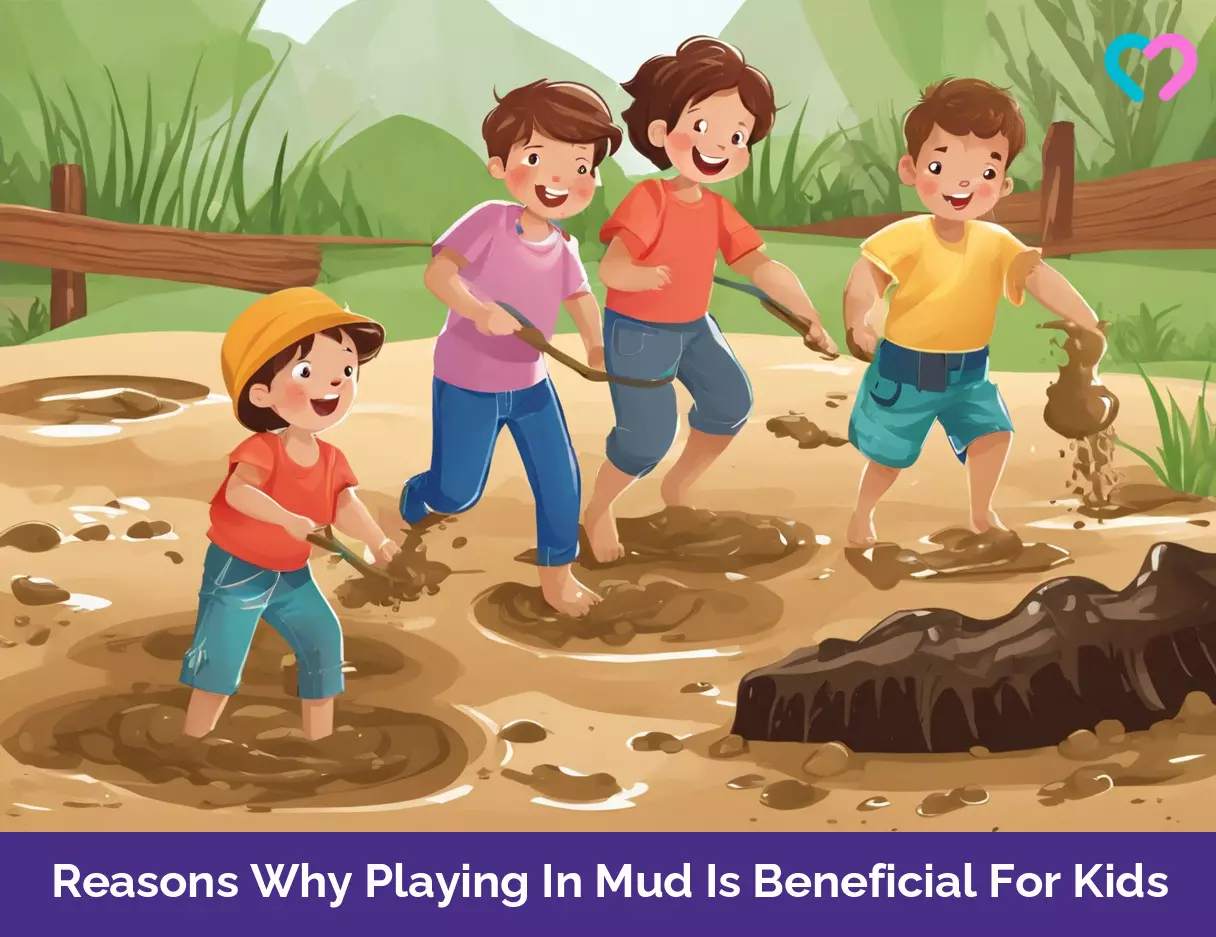
Image: Stable Diffusion/MomJunction Design Team
Personal Experience: Source
MomJunction articles include first-hand experiences to provide you with better insights through real-life narratives. Here are the sources of personal accounts referenced in this article.
i. 6 reasons to let your kids play in the mud. https://thebarefoothomeschoolingmom.blogspot.com/2018/12/6-reasons-to-let-your-kids-play-in-mud.htmlReferences
1. Newborns Exposed to Dirt, Dander and Germs May Have Lower Allergy and Asthma RiskThe Johns Hopkins University
2. Mud and Dirt Play: Embracing the MessThe American Society of Landscape Architects
3. 5 reasons to let your child play in the dirtLife Education Australia
4. A prescription for better health: go alfrescoHarvard University
5. The Dirt on DirtNational Wildlife Federation
6. Let Them Eat Dirt (Or at Least Play in It);Mayo Clinic7.Why children should engage in sand and mud play; Stay House Early Learning
Community Experiences
Join the conversation and become a part of our nurturing community! Share your stories, experiences, and insights to connect with fellow parents.
Read full bio of Dr. Holly Schiff
Read full bio of Advaitaa Ravi
Read full bio of Harshita Makvana
Read full bio of Nisha Bharatan








